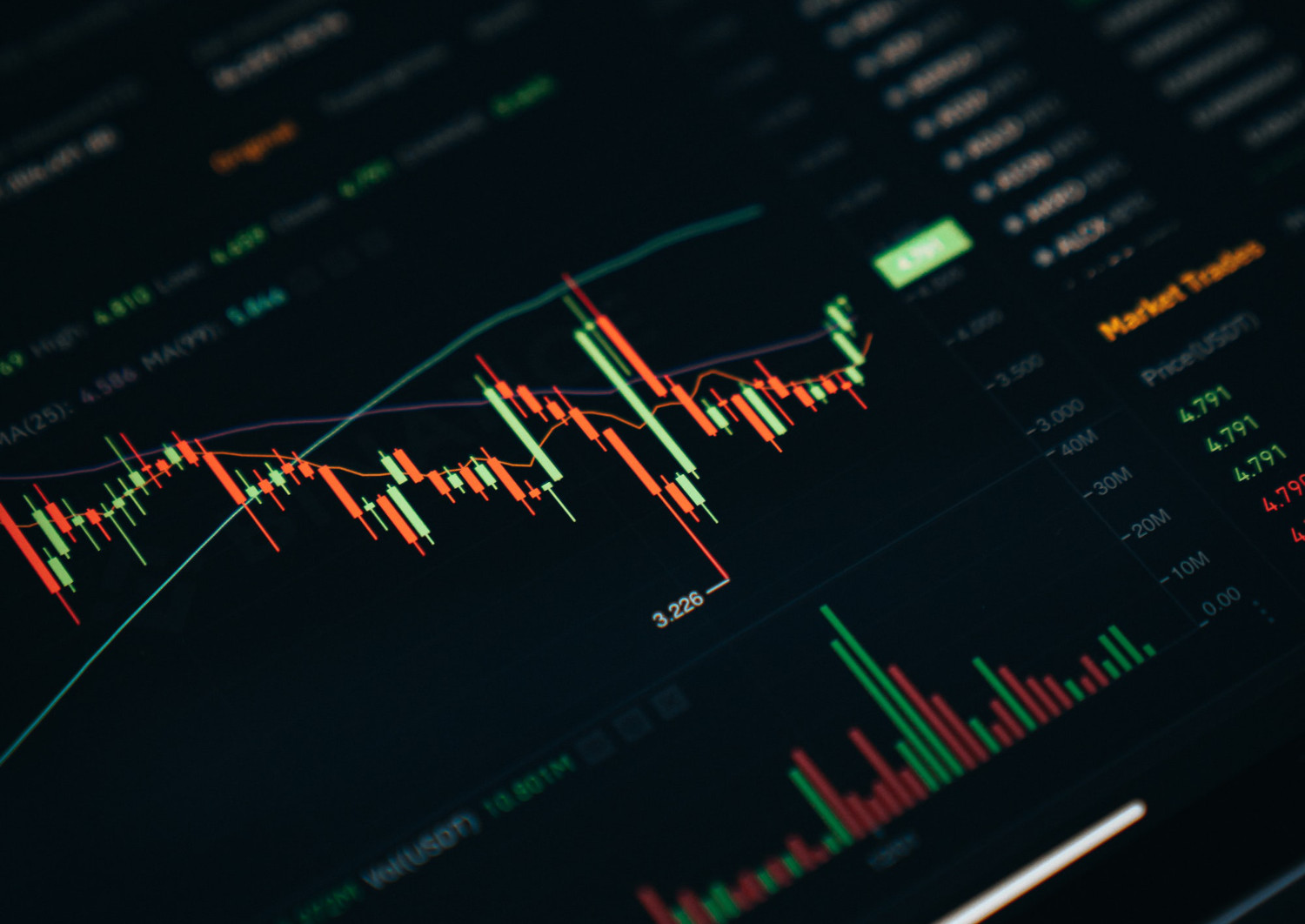In the ever-evolving landscape of financial markets, choosing the right trading platform is pivotal for domestic traders seeking to maximize their success. With a multitude of options available, each boasting unique features and tools, it can feel overwhelming to navigate the choices.
Factors such as user interface, commission structures, available assets, and educational resources all play a critical role in determining the best fit for your trading style. Whether you’re a seasoned trader looking to refine your strategy or a newcomer eager to make your mark, understanding what to look for can set you on the path to profitable trading.
This article delves into the top trading platforms tailored for domestic traders, providing insights on how to select the ideal one that aligns with your financial goals and aspirations. Let’s embark on this journey to find the perfect trading companion!
Key Features to Look for in a Day Trading Platform

When selecting a day trading platform, several key features can significantly influence your trading experience and success. First, look for a robust, user-friendly interface that allows for seamless navigation and quick order execution; time is of the essence in day trading.
Additionally, ensure the platform provides real-time market data and advanced charting tools, enabling you to analyze price movements efficiently.
Explore dom trading, which allows you to see market liquidity and track order flow inreal-timee. This feature can provide deeper insights into supply and demand levels, helping you make more strategic entry and exit decisions.
Another critical aspect is the availability of customizable alerts and trading indicators, which can help you make informed decisions on the fly. Don’t overlook the importance of strong security measures to protect your funds and personal information—a trustworthy platform should prioritize your safety.
Furthermore, competitive commission structures and low spreads can enhance profitability, so be sure to compare these facets among your options. Ultimately, a well-rounded trading platform should empower you with the tools and information you need to navigate the fast-paced world of day trading with confidence.
Different Types of Trading Platforms

When exploring the landscape of trading platforms, you’ll encounter a diverse array of options, each tailored to meet the unique needs of different types of traders. For novice investors, user-friendly platforms with simple interfaces and educational resources can ease the learning curve and build confidence.
On the other hand, experienced traders might gravitate towards advanced platforms that offer sophisticated charting tools, extensive technical indicators, and customizable features that cater to detailed market analysis. There are also specialized platforms for options and futures trading, designed with unique functionalities that streamline complex transactions.
Furthermore, mobile trading apps are gaining popularity, enabling traders to make quick decisions on the go, while automated trading systems appeal to those looking to leverage algorithms for executing trades with precision. By understanding these different types of platforms, you can better identify the one that aligns with your trading style and goals.
Commissions and Fees

When selecting a trading platform, understanding commissions and fees is paramount, as these costs can significantly impact your overall profitability. Different platforms adopt various fee structures—some may charge a flat fee per trade, while others might take a percentage of the transaction value, or even impose monthly maintenance fees.
Additionally, consider hidden charges such as withdrawal fees or inactivity fees that could chip away at your gains. For instance, a platform that appears cost-effective at first glance might bury hefty fees within its fine print, leaving traders regretting their decision later.
Exploring the total cost of trading, rather than isolated fees, is essential; after all, even minor differences can accumulate over time to create substantial disparities in your trading outcomes. Hence, take a moment to meticulously compare platforms and their fee structures, as this knowledge serves as a crucial element in your decision-making process.
Conclusion
In conclusion, selecting the right trading platform is crucial for both novice and seasoned DOM traders aiming to enhance their trading experience and maximize profits. By carefully evaluating key features such as user interface, fees, available tools, and customer support, traders can make informed decisions that align with their specific needs and preferences. As you explore DOM trading, remember that the right platform can empower you with the necessary resources to navigate the complexities of the market effectively.
Ultimately, investing time in research and comparison will lead you to a trading environment that not only supports your strategies but also fosters growth and confidence in your trading journey.


